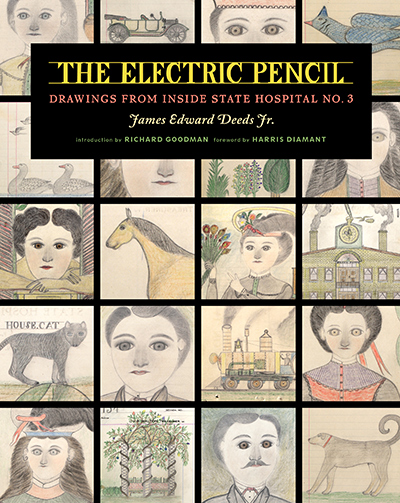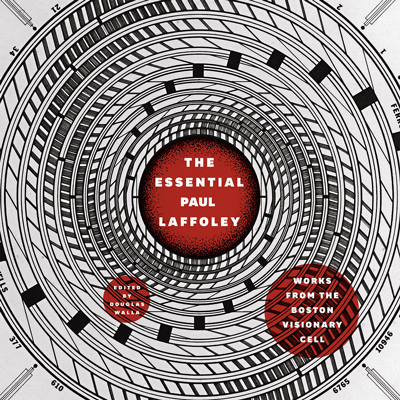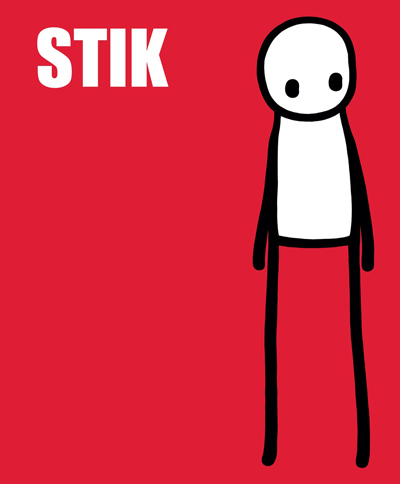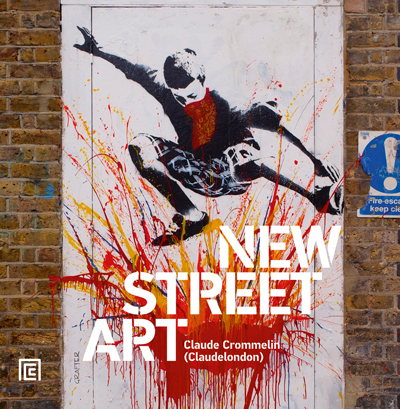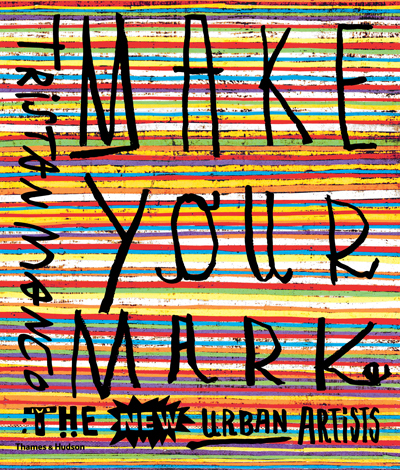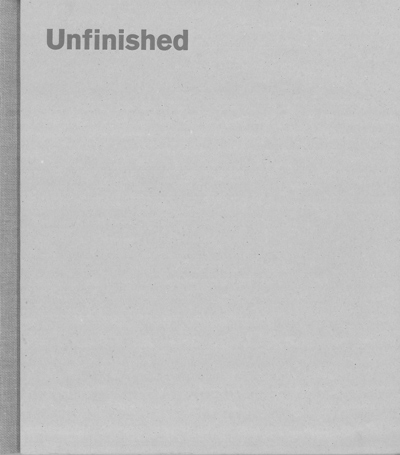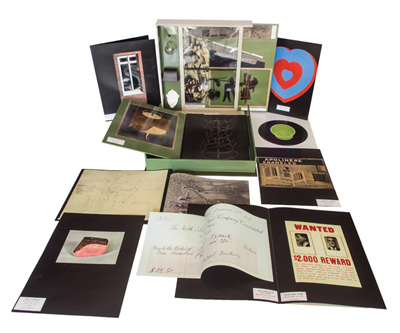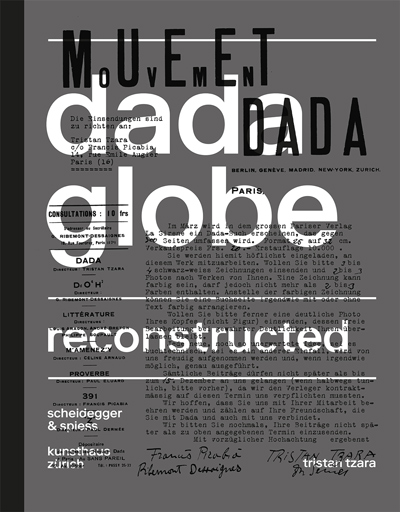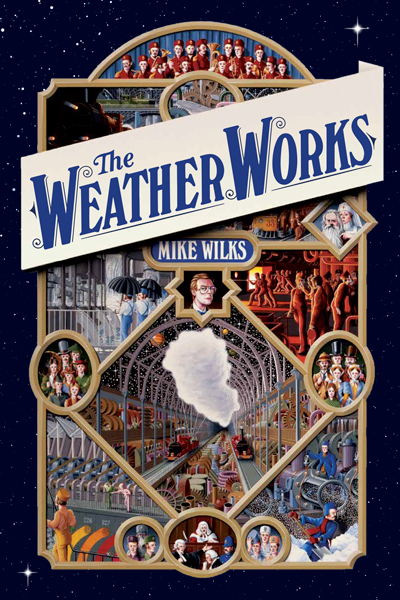As art institutions try to appeal to a younger demographic and publishers of art books look to expand their readerships, art books themselves are undergoing a transformation. Forms such as street art and tattooing are increasingly seen as worthy subjects, and so-called outsider artists—largely self-taught and outside the established art scene—are stepping into the spotlight.
“What really appeals to me about outsider art is that it has a different audience than traditional art books,” says Meg Leder, executive editor at Penguin. “It’s reaching a younger audience who shop at Urban Outfitters as well museum book shops. I don’t think traditional art publishing will ever go away, but I do think that outsider art represents a new direction and a larger audience.”
The goal of appealing to a different audience also may suggest a different design approach, one that “steps outside the traditional museum art book category,” says Mark Polizzotti, publisher and editor-in-chief at the Metropolitan Museum of Art. Some new books take their design cues from the art they attempt to capture, mimicking works of art themselves.
Here, we sample new art books whose subjects and styles skew outside the mainstream.
The Electric Pencil
In 1936, when he was in his late 20s, Deeds was institutionalized at State Hospital #3 in Missouri; he remained there until 1973, when he was transferred to a nursing facility. During his time at the hospital, he created hundreds of drawings of people, animals, vehicles, and architecture. He died in 1987, and when his work was first presented at the Outsider Art Fair, in 2011, he was still anonymous, known only as the Electric Pencil. Critics praised the work for its proficiency, with some pieces selling for more than $12,000.
more
The Essential Paul Laffoley
Laffoley is known for his cerebral outsider art, though editor Walla, founder of Kent Fine Art in New York, is loath to use that term, because, he says, “outsider indicates being in an insane asylum or uneducated.” Neither describes Laffoley, who studied classics at Brown and architecture at Harvard. But he was, Walla says, “obsessive, compulsive, brilliant, intellectual, and didn’t go out.” In the decades leading up to his death in 2015, Laffoley lived and worked in a tiny space in Boston that he called the “Boston visionary cell.” There he created large mandala-like paintings, with text and symbols; titles include The Ectoplasmic Man and The Sexuality of Robots.
more
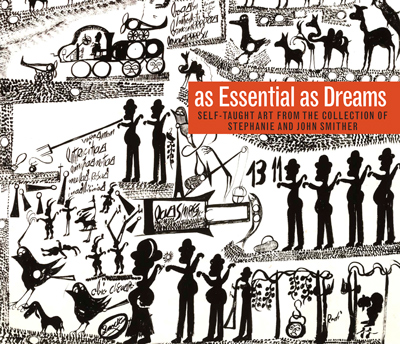
As Essential as Dreams
Drawn from the private collection of Stephanie and John Smither, this catalogue showcases the work of 12 self-taught artists—among them the neo-expressionist assemblages of Thorton Dial, visual interpretations of the Bible from musician and preacher Sister Gertrude Morgan, and carved wood sculptures by Navajo medicine man Charlie Willeto—along with essays by curators, historians, and critics. Author White is a curator at the Menil Collection in Houston, where the exhibit As Essential as Dreams opens June 10.
Adolf Dietrich in His Time and Beyond
Dietrich (1877–1957) was a farm laborer and self-taught painter. Although he never left his family’s home, he is one of the most renowned Swiss artists of the 20th century, and his depictions of rural landscapes, still lifes, and portraits of people and animals are considered by some experts to bridge the divide between naive art and the post-expressionist New Objectivity movement. The book is presented in collaboration with the Kunstmuseum Olten in Switzerland.
more
Stik
Stik, who has been touted in the press as the new Banksy, entered the public eye as a homeless youth who offered social commentary via the expressive life-size stick figures on vivid colored backgrounds he spray painted around London’s East End. The book, the first collection of his street art (published by Penguin Random House U.K. in 2015), includes hundreds of photographs of Stik’s work in London and around the world, plus a foreword by art critic Anthony Haden-Guest, an introduction from the artist, and a pull-out poster.
more
New Street Art
France’s Invader, England’s Banksy, and Brooklyn’s Elbow-Toe are among the 150 international street artists, new and established, represented here in some 275 photos. Stik provides the foreword for this book, which ACC published in the U.K. last year; in turn, Crommelin, aka Claudelondon, also provided the majority of photographs for Stik.
more
Make Your Mark
Art consultant and graphic designer Tristan Manco has acquired a reputation for spotting new talent. Here, he introduces the work of 45 international artists—he calls them urban creators—working with murals, tattoos, textiles, animation, and more. The 540 illustrations are divided into three chapters: “Draw,” “Paint,” and “Make.”
more
Unfinished
With an unadorned cardboard cover meant to suggest “a book that’s not quite done yet,” according to publisher and editor-in-chief Mark Polizzotti, this book presents more than 200 works by old masters and modern and contemporary artists (Titian, Rembrandt, Andy Warhol, and Bruce Nauman among them), each of which was left incomplete in some way by its maker. The book accompanies the current exhibit of the same name at the newly opened Met Breuer in New York.
more
Marcel Duchamp: Boîte-en-valise
Between 1935 and 1941, Duchamp assembled a portable suitcase, of which he made 300 copies, that contained the sum of his work to date. French artist Mercier has reinterpreted the modernist book-object with reproductions of dozens of Duchamp’s most celebrated works, among them Fountain, Nude Descending a Staircase, and Large Glass. The package, which retails for $195 and was produced in a limited edition of 1,500 copies, includes boxes, mini-books, and other pullouts.
more
Cornelia Parker
Documented here is Turner Prize–winning artist Cornelia Parker’s upcoming roof garden installation at the Met. The book includes an interview with Parker and explores her new work, which merges two iconic examples of American architecture: a red barn, and the mansion on a hill from Alfred Hitchcock’s Psycho. The atypical, diminutive format (paperback, 4.3 inches by 7 inches, 64 pages) plays on the ephemeral nature of a site-specific installation by recalling, Polizzotti says, “the days of throwaway rack-sized paperbacks."
more
Dadaglobe Reconstructed
In 1921 Tristan Tzara, a founder of the nihilistic Dada movement, set out to publish a definitive anthology of Dada he called Dadaglobe. He asked artists including Marcel Duchamp, Jean (Hans) Arp, Max Ernst, Hannah Höch, and Man Ray to send him photographic self-portraits, photos of artwork, original drawings, and layouts for book pages. Financial and organizational difficulties prevented its publication at the time, but this re-creation, which also includes related archival material, will accompany upcoming exhibitions celebrating Dada’s centenary at Kunsthaus Zurich and the Museum of Modern Art.
more
The Weather Works
Wilks, the author of the puzzle book The Ultimate Alphabet, raises questions about the global climate and our role in shaping it, through verse and colorful illustrations of an artfully imagined factory where weather is made. Designed for a variety of readers, including art enthusiasts and environmentalists, the book aims to prompt conversation about climate change and the dichotomy of the creative and destructive power of technology.
more
Liz Hartman, a frequent contributor to PW, holds a master’s degree in art history and the art market from Christie’s Education.
Below, more on the subject of art and photography books.
Tattoo You: Art & Photography 2016New books of body art highlight centuries-old traditions, underground and outlaw subcultures, and more.



 Volume 263
Issue 15
04/11/2016
Volume 263
Issue 15
04/11/2016
